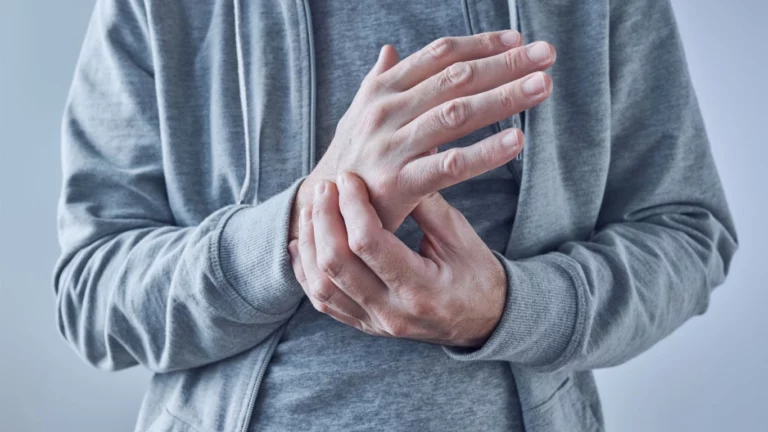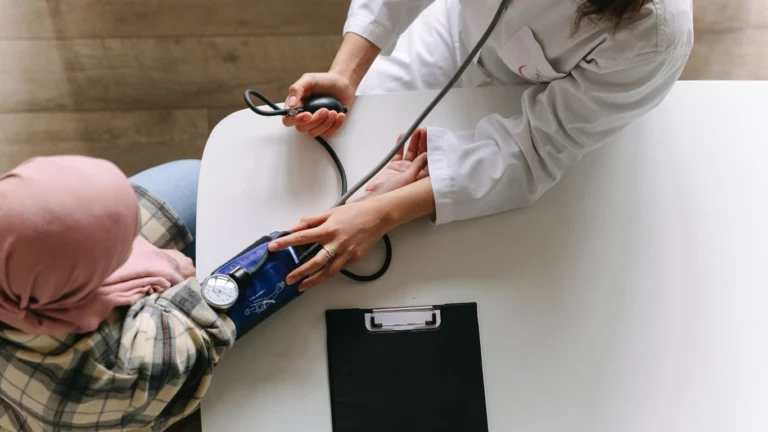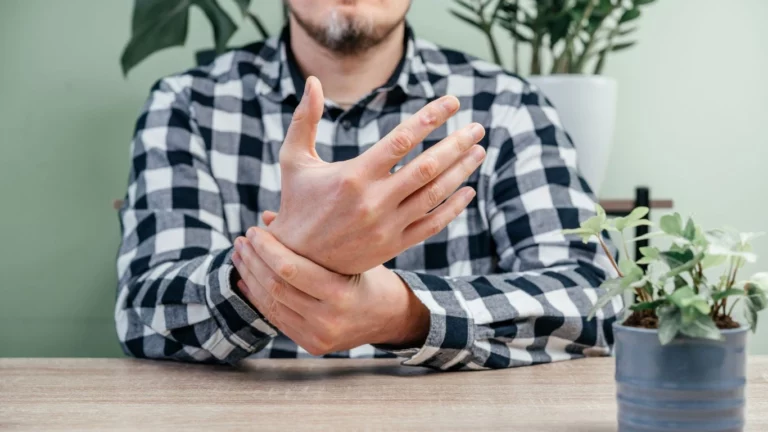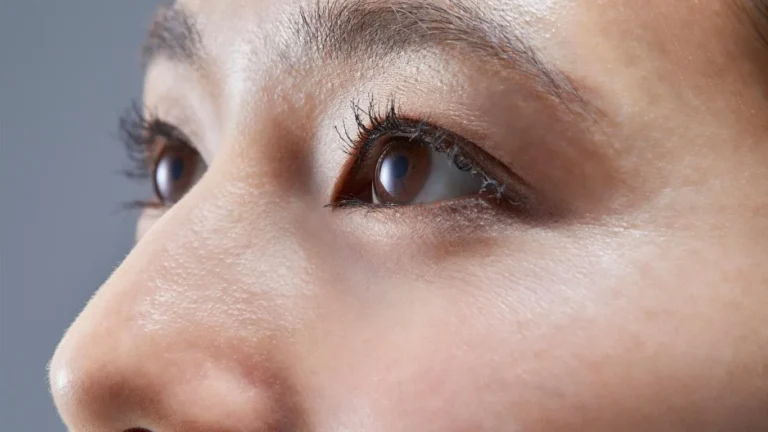The Importance of Regular Exercise for Blood Pressure: A Game-Changer!
Let’s be real—when was the last time you got up and moved your body, not because you had to, but because you wanted to? If you’re dealing with high blood pressure, or worried about it sneaking up on you, regular exercise isn’t just a good idea—it’s a game-changer. As a hypertension expert, I’ve seen firsthand how people transform their health just by incorporating movement into their daily routine. And trust me, you don’t need to become a marathon runner to see results.
The Importance of Regular Exercise for Blood Pressure

High blood pressure doesn’t happen overnight. It creeps up over the years, and if left unchecked, it can lead to serious issues like heart disease, stroke, and kidney problems. But here’s the good news—exercise is one of the most effective ways to keep it in check. And no, I’m not just saying that because it sounds nice. Science backs it up.
When you exercise, your heart gets stronger, meaning it pumps blood more efficiently with less effort. This reduces the force on your arteries, lowering blood pressure. Plus, physical activity helps manage weight, reduces stress, and improves overall heart health. It’s a win-win.
How Exercise Lowers Blood Pressure
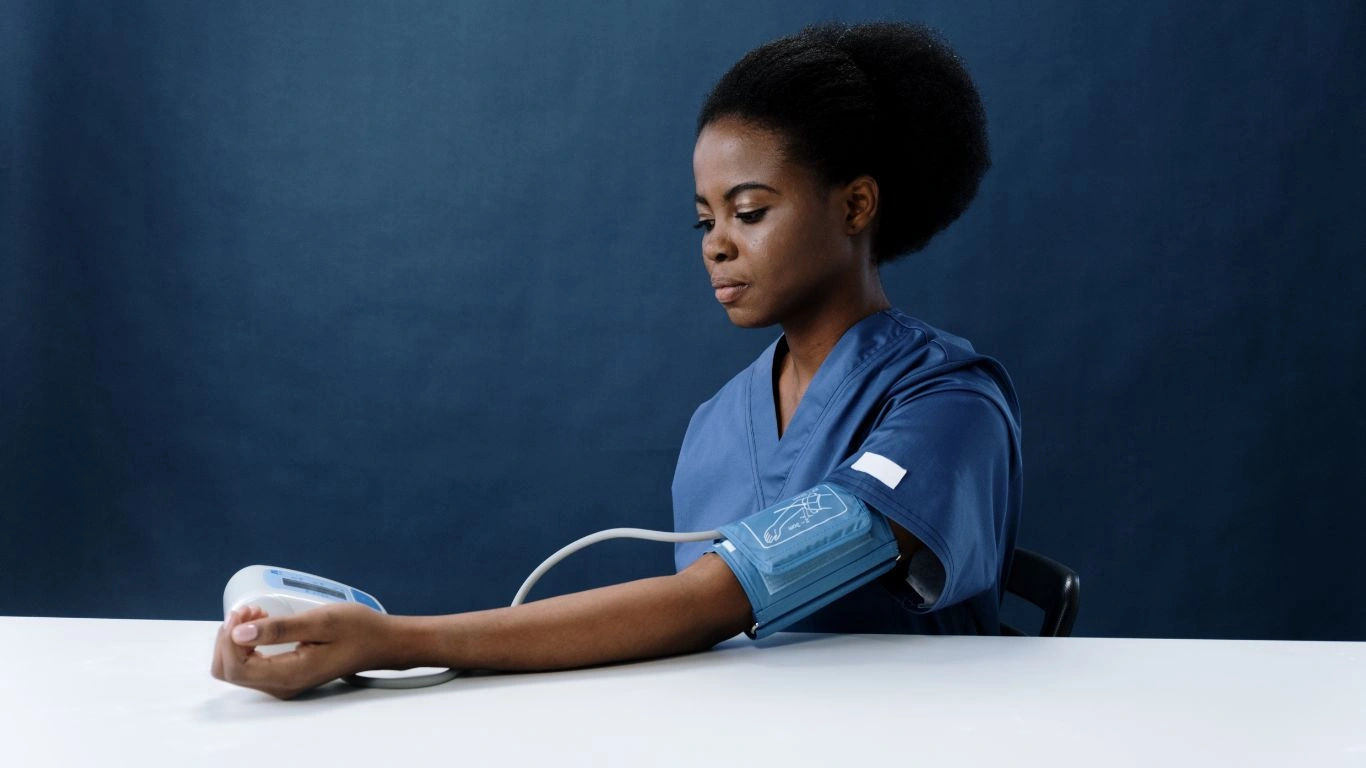
So, how exactly does moving your body help keep your numbers in check? It all comes down to these key mechanisms:
- Improved Circulation: Exercise helps blood flow more easily, reducing pressure on artery walls.
- Stronger Heart: A fit heart doesn’t have to work as hard to pump blood, meaning less strain on your arteries.
- Reduced Stress Hormones: Chronic stress can spike blood pressure. Regular physical activity helps manage cortisol and adrenaline levels.
- Weight Management: Extra weight means extra work for your heart. Shedding even a few pounds can lead to noticeable improvements.
- Increased Nitric Oxide Production: Exercise boosts nitric oxide, which relaxes blood vessels and improves circulation.
How Much Exercise Do You Really Need?

Here’s the thing—more isn’t always better. You don’t need to spend hours at the gym to see improvements. According to the American Heart Association, aiming for at least 150 minutes of moderate-intensity exercise or 75 minutes of vigorous exercise per week is the sweet spot.
Breaking It Down:
- 30 minutes of brisk walking, five days a week.
- Three 25-minute runs per week.
- A mix of strength training and cardio to keep things interesting.
And let me tell you from experience—consistency is what matters. You don’t have to go all-in from day one. Start small, build up, and before you know it, exercise will be part of your routine.
Best Types of Exercise for Lowering Blood Pressure

Now that we’ve established how exercise helps keep blood pressure in check, let’s talk about what kind of workouts actually work best. The truth is, you don’t need an extreme fitness regimen—just the right balance of movement. Based on research and my own experience working with hypertension patients, these are the best types of exercise for blood pressure control:
1. Aerobic Exercise (a.k.a. Cardio)
Think of activities that get your heart rate up but still let you hold a conversation. These exercises improve heart efficiency, increase circulation, and help with weight management.
- Brisk walking (one of my personal favorites—easy, low impact, and effective!)
- Jogging or running (if your joints allow it, fantastic for cardiovascular health)
- Swimming (gentle on the joints, excellent for full-body endurance)
- Cycling (great for heart health and leg strength)
- Dancing (yes, even that Zumba class counts!)
Try to get in at least 30 minutes, five times a week. And if you can’t do it all at once? Break it up—10-minute sessions throughout the day still count!
2. Strength Training
Most people think lifting weights is only for building muscle, but did you know it also helps with blood pressure? Strength training makes your heart work more efficiently and improves overall metabolism.
- Bodyweight exercises (push-ups, squats, lunges)
- Resistance bands (great for home workouts!)
- Free weights or machines (just don’t go overboard on heavy lifting)
Aim for at least two strength sessions per week, working all major muscle groups.
3. Yoga & Stretching
Okay, I’ll admit it—I was skeptical about yoga at first. But after seeing how it helps my patients and trying it myself, I’m a believer. Yoga lowers stress hormones, improves flexibility, and enhances circulation—all of which are great for blood pressure.
Even simple stretching can help with relaxation and blood flow, so don’t skip it!
Tips to Stay Consistent With Your Exercise Routine

Alright, we all know the hardest part isn’t starting—it’s sticking with it. I’ve seen people go all-in for a couple of weeks, then fall off because life gets in the way. Here’s how to make exercise a long-term habit:
1. Find Something You Enjoy
Hate running? Don’t force it! Love dancing? Go for it! The key is to pick activities you actually look forward to. Exercise shouldn’t feel like a punishment.
2. Make It Social
Everything is easier when you have a buddy. Find a walking partner, join a fitness class, or even try virtual workouts with friends.
3. Set Realistic Goals
Don’t start by saying, “I’ll work out every single day.” Instead, set small, achievable goals like “I’ll take a 15-minute walk after dinner.” Progress over perfection!
4. Mix It Up
Variety keeps things interesting. Switch between cardio, strength training, and flexibility exercises so you don’t get bored.
5. Track Your Progress
There’s something satisfying about seeing how far you’ve come. Use a fitness tracker, a journal, or even just take note of how much better you feel.
Staying active doesn’t have to be overwhelming. Start small, stay consistent, and your blood pressure (and body) will thank you.
Case Studies & Real-Life Examples

Let’s talk about real people—because nothing speaks louder than actual success stories. Over the years, I’ve worked with many individuals struggling with high blood pressure, and some of the transformations I’ve witnessed are nothing short of inspiring.
Case Study: Mark, 55 – Desk Job to Daily Walks
Mark was a typical case—years of sitting at a desk, little to no exercise, and creeping blood pressure readings that had his doctor concerned. He was on medication but wasn’t happy with the idea of relying on pills forever. After some convincing, he started walking for 20 minutes each day.
The result? Within six months, he had lost 15 pounds, his systolic blood pressure dropped by 12 points, and he felt better than he had in years. All from walking!
Case Study: Sarah, 40 – Strength Training to the Rescue
Sarah was already somewhat active but hadn’t done much strength training. After incorporating two days of resistance exercises into her weekly routine, she saw a significant drop in her resting blood pressure. Her doctor even reduced her medication dosage.
These aren’t rare cases. They’re proof that small, consistent changes make a big impact.
Key Takeaways: What You Need to Remember
Before we wrap things up, let’s summarize the most important points:
- Regular exercise is one of the most effective ways to lower blood pressure. Even moderate activity can make a significant difference.
- Aerobic workouts, strength training, and flexibility exercises all help. Walking, running, swimming, yoga—it all counts.
- Consistency is key. You don’t have to do intense workouts daily, but movement should be part of your routine.
- Exercise works in multiple ways. It improves circulation, reduces stress, strengthens the heart, and helps with weight management.
- Start small and build from there. Even a 10-minute walk is better than nothing.
FAQs
1. Can exercise replace blood pressure medication?
Not necessarily, but for some people, consistent exercise can reduce their reliance on medication. Always work with your doctor before making any medication changes.
2. How long does it take to see improvements?
Some people notice a difference in just a few weeks, while for others, it may take months. The key is sticking with it.
3. Is high-intensity exercise safe for people with hypertension?
It depends on the individual. While high-intensity workouts can be beneficial, they can also cause temporary spikes in blood pressure. If you have severe hypertension, consult your doctor before starting any new routine.
4. What if I don’t have time to exercise?
Try incorporating movement into your day—take the stairs, stretch during TV commercials, or walk during phone calls. Small steps add up.
Bonus: Additional Resources & DIY Tips
Want to dive deeper? Here are some helpful resources:
- American Heart Association – Exercise guidelines and heart health tips
- CDC Blood Pressure Resources – Latest research and prevention strategies
- Mayo Clinic: Hypertension Overview – Science-backed information on managing high blood pressure
DIY Tips for Staying Active
- Set reminders. Use phone alarms to remind yourself to move every hour.
- Make it fun. Try new activities—hiking, dancing, or even gardening.
- Track your progress. A simple journal or fitness app can keep you motivated.
- Pair exercise with a habit. Walk while listening to a podcast or stretch while watching TV.
Appendix: References, Disclaimer & Call to Action
References:
- National Library of Medicine – Studies on exercise and blood pressure
- World Health Organization – Global hypertension facts
Disclaimer: This article is for informational purposes only and does not replace medical advice. Always consult a healthcare professional before starting a new exercise program.
Call to Action: Now that you know the impact of exercise on blood pressure, it’s time to take action! What’s one small change you can make today? Drop a comment below or share this article with someone who needs it.

Dr. Gwenna Aazee is a board-certified Internal Medicine Physician with a special focus on hypertension management, chronic disease prevention, and patient education. With years of experience in both clinical practice and medical writing, she’s passionate about turning evidence-based medicine into accessible, actionable advice. Through her work at Healthusias.com, Dr. Aazee empowers readers to take charge of their health with confidence and clarity. Off the clock, she enjoys deep dives into nutrition research, long walks with her rescue pup, and simplifying medical jargon one article at a time.

